Eternit case sparks legal debate
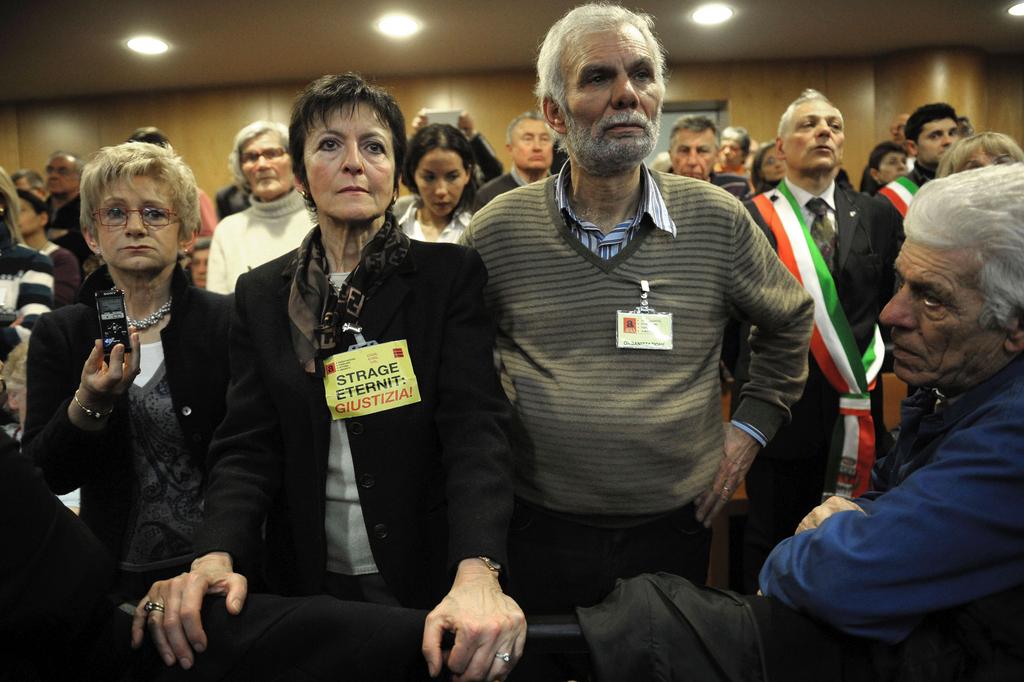
In Switzerland, Stephan Schmidheiny has been subjected to a criminal trial only once. In 2008, the Swiss Federal Court threw out three charges of manslaughter, murder and bodily harm.
These had been brought by relatives of a victim against, among others, Schmidheiny and his brother, Thomas, former owners of Eternit. The court argued that the ten-year statute of limitations had passed.
“The difference between the situation in Switzerland and in Italy is that in Switzerland the statute of limitations start from when the crime was committed – concretely the most recent exposure to asbestos,” explains David Husmann, a lawyer and president of the Swiss Association for Asbestos Victims.
“In Italy, on the other hand, they start from when the damage manifests itself, in other words when people fall ill,” he told swissinfo.ch on Wednesday before the Italian court’s verdict.
For Husmann, the Swiss criminal law can be justified. “I understand that a limit should be applied beyond which a person should be left in peace.”
In 2009, when the trial opened in Turin, the Swiss government, responding to a question raised in parliament, said it didn’t think it appropriate to change the penal code to extend the statute of limitations in cases such as the one concerning asbestos.
“A longer limit would mainly respond to the desire to find a guilty party and to satisfy the need for revenge,” the government explained. “From a criminal policy perspective, a criminal conviction does not appear necessary. If, in the meantime, the perpetrator has not committed other crimes, the sentence, whose main aim is to reintegrate the perpetrator into society and to avoid recidivism, would not make much sense.”
Scolded by Strasbourg
The problem, for Husmann, is that the same principle is also used in civil law. Indeed, according to the Federal Code of Obligations, the stature of limitations expires ten years after the harm-causing event. An insurmountable obstacle for asbestos victims and their families who bring a civil lawsuit in order to obtain compensation.
The diseases caused by the “lethal powder” have a very long latency period, on average 25 years. In other words, someone exposed to asbestos in 1980 who is diagnosed with mesothelioma, a form of cancer, in 2005 would – in order to have a chance of winning – need to have sued his or her company in … 1990!
This situation was condemned by the European Court of Human Rights (ECHR), which in March of this year upheld the appealExternal link of the family of an asbestos victim. The court ruled that Switzerland had violated the right to a fair trial, rejecting the dismissal of claims on the grounds that they were time-barred.
In its ruling, the court said that “in cases where it was scientifically proven that an individual could not know that he or she was suffering from a particular disease, that fact should be taken into account in calculating the limitation period”.
Length of limitations
Before the ECHR issued its verdict, the Swiss government launched in November 2013 a project to revise the law regarding the statute of limitations, proposing to increase the absolute term from ten to 30 years.
The House of Representatives debated the draft in September, finally deciding to fix the term at 20 years. Most parliamentarians believed 30 years would generate excessive uncertainty, particularly in companies, which would face high costs for insurance and bureaucracy, resulting from the need to keep all documents covering the period concerned.
Husmann says this decision is “unacceptable”. “The majority of cases would be time-barred. We were also against a period of 30 years. We support a different arrangement, whereby the statute of limitations should begin at the moment when the harm becomes apparent. It’s simply a question of logic. There can’t be a statute of limitations which runs out before the harm manifests itself. In France, for example, this solution has been applied for many years.”
Husmann now hopes that the Senate – which is still to have its say on the revision – changes tack. If it doesn’t, the Swiss Association for Asbestos Victims says it is prepared to take the fight to the ECHR in Strasbourg.
“If nothing changes, we will lodge a new appeal with the European Court of Human Rights and once again we will win,” he says.
Why change?
During the debate in the House of Representatives, some politicians on the right pointed out that extending the statute of limitations did not correspond with the method chosen by parliament of dealing with these sorts of risk.
“The method we have chosen consists of an obligatory insurance which, combined with other forms of insurance such as the old-age and survivors insurance scheme, covers much better the damage caused in cases when someone is unknowingly exposed to materials which subsequently trigger health problems,” said Yves Nidegger from the rightwing Swiss People’s Party.
In his view, this method is preferable to legal proceedings systems which are accessible only to those who can afford it and which allow you to open proceedings only against debtors who are still alive.
Husmann admits that the situation in Switzerland is relatively good. Nevertheless, insurance companies, in particular SUVA, the national occupational health insurer, do not cover all the fees owed by someone who has fallen ill as a result of asbestos. Victims will receive, for example, 80% of their salary.
Indemnity fund
In order to have the final word in an affair that has now dragged on for years – and at the same time sidestep the obstacles created by the statute of limitations – the Swiss Association for Asbestos Victims has called for the creation of an indemnity fund for those people who would no longer have the legal right to obtain compensation.
The association says the fund should have around CHF500 million ($522 million) at its disposal.
The proposal, supported by the unions and by the political left, has also been backed by the House of Representatives’ committees for legal affairs.
But at the end of October the government rejected it. The cabinet said it was willing to call a round table between all the interested parties but rejected the idea of a public fund.
In its response, the government drew attention to the fact that it had proposed extending the statute of limitations to 30 years and underlined that compensation for asbestos victims “is based first and foremost on the responsibility of private law of private authors of damage, in particular that of employers faced with their staff.”
It added that setting up a state fund “would mean burdening the state with private responsibility”.
Husmann says he agrees in part with the government that it’s not up to the state to compensate damage caused by private individuals or companies, but says the state is not exempt from criticism in the asbestos affair.
“SUVA, which is a public sector company, and the Federal Office of Public Health should have checked the enforcement of safety measures. They didn’t do this [SUVA denies this]. Because of this, we believe the state can’t opt out.”
Strasbourg verdict
The caseExternal link concerned a worker who was diagnosed in May 2004 with malignant pleural mesothelioma (a highly aggressive malignant tumour) caused by his exposure to asbestos in the course of his work at the Oerlikon machinery plant (today Alstom Switzerland) in the 1960s and 1970s. He died in 2005.
The Swiss courts dismissed the claims for damages brought by his wife and two children against the man’s employer and the Swiss authorities, on the grounds that they were time-barred.
However, the European Court of Human Rights held that the rules on limitation periods infringed the rights of persons suffering from diseases which, like asbestos-related diseases, could not be diagnosed until many years after the events.
In this case, the claim for compensation would have had to have been made in 1988 at the latest – 16 years before the mesothelioma was diagnosed!
Since 1989, there has been a general ban on the use of asbestos in Switzerland.
(Translated from Italian by Thomas Stephens)

In compliance with the JTI standards
More: SWI swissinfo.ch certified by the Journalism Trust Initiative


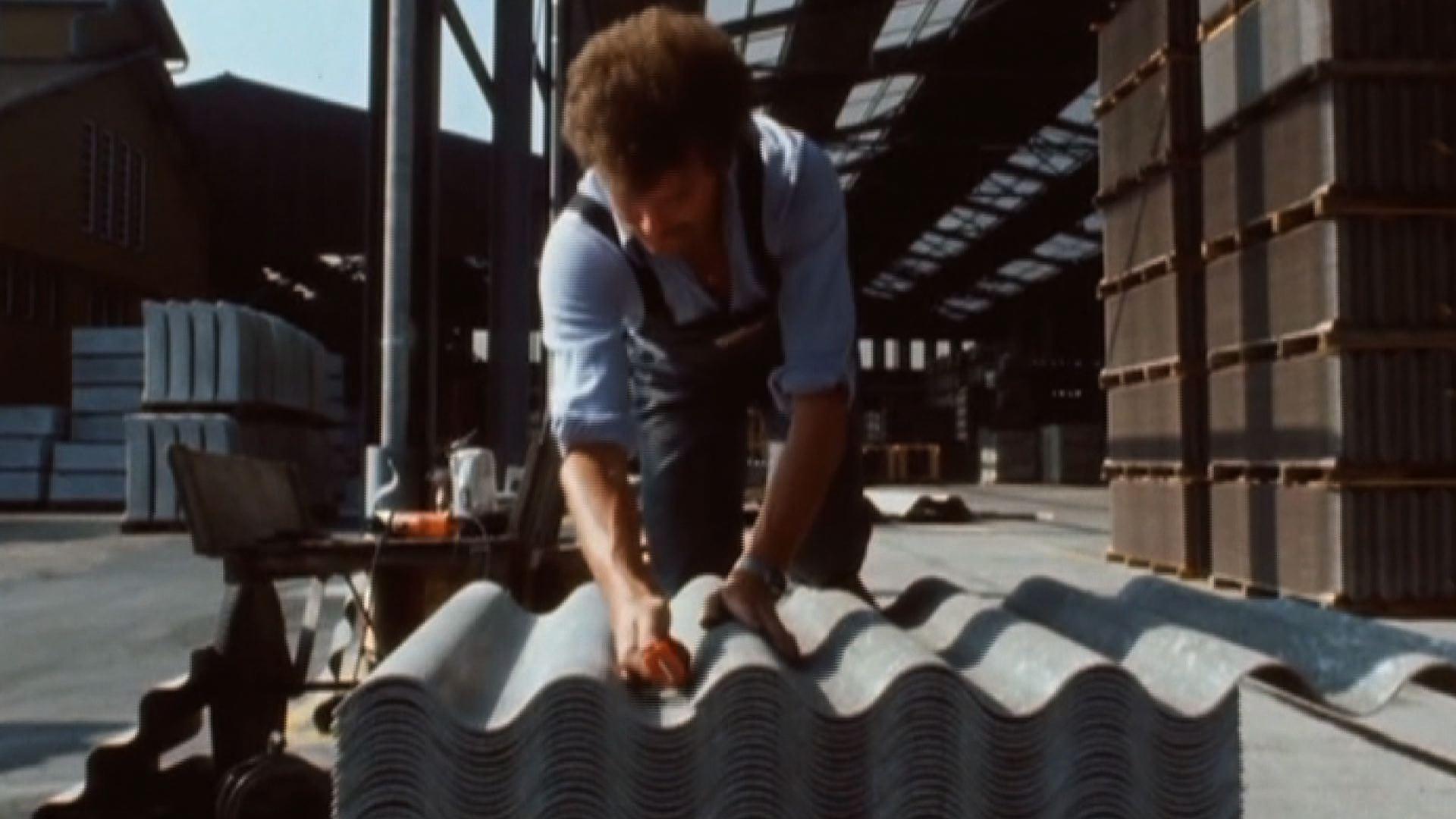
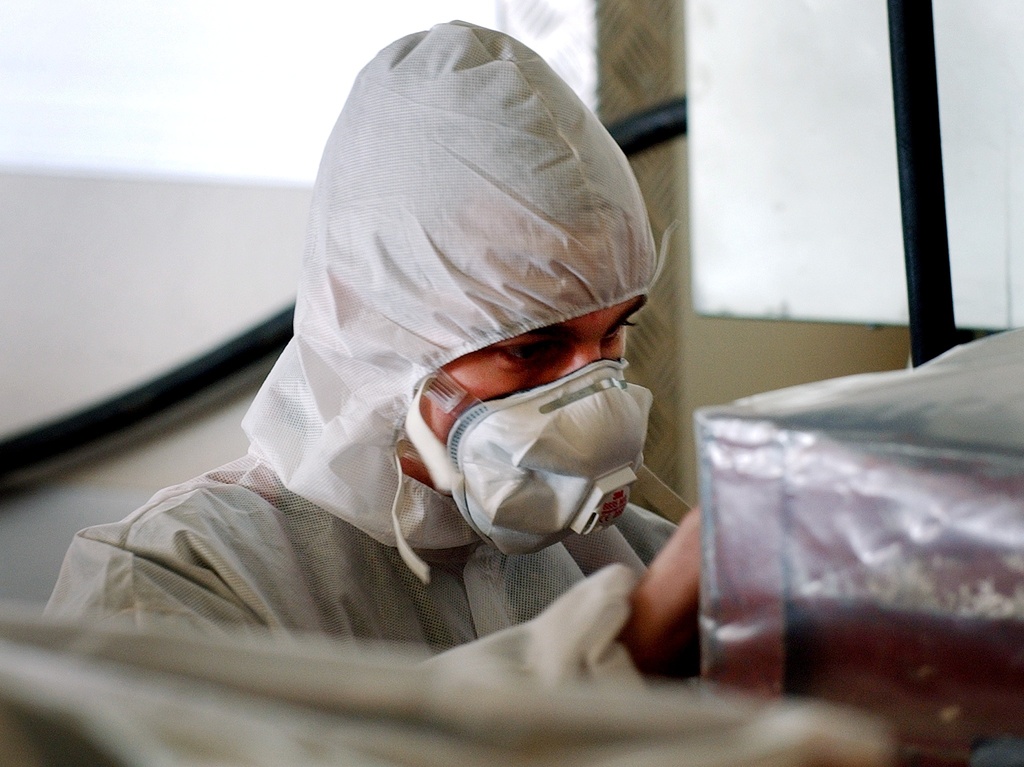
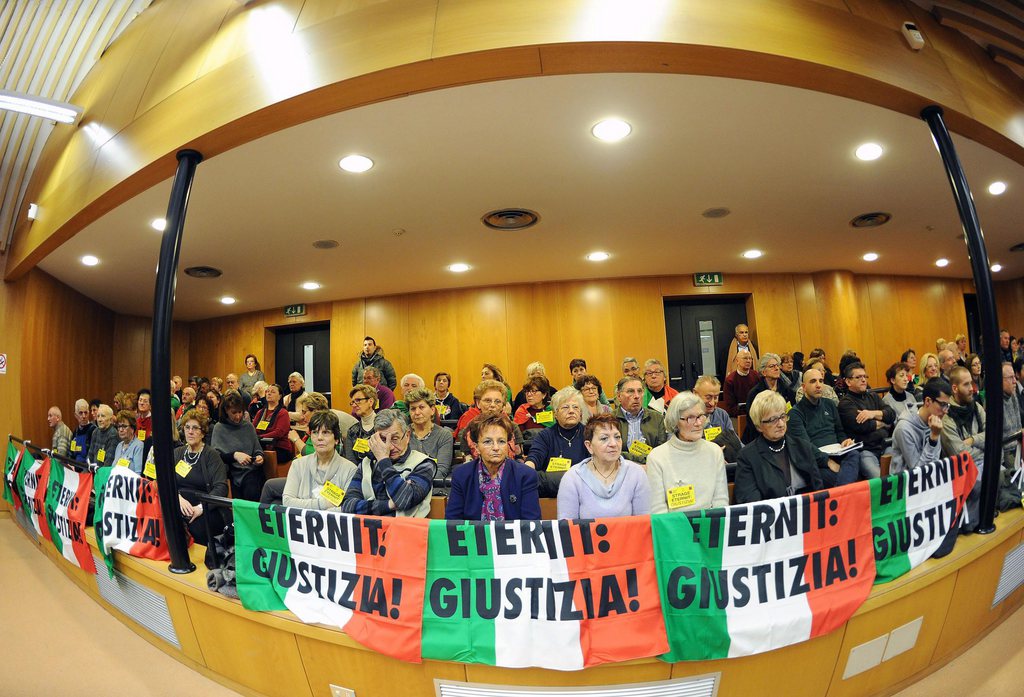
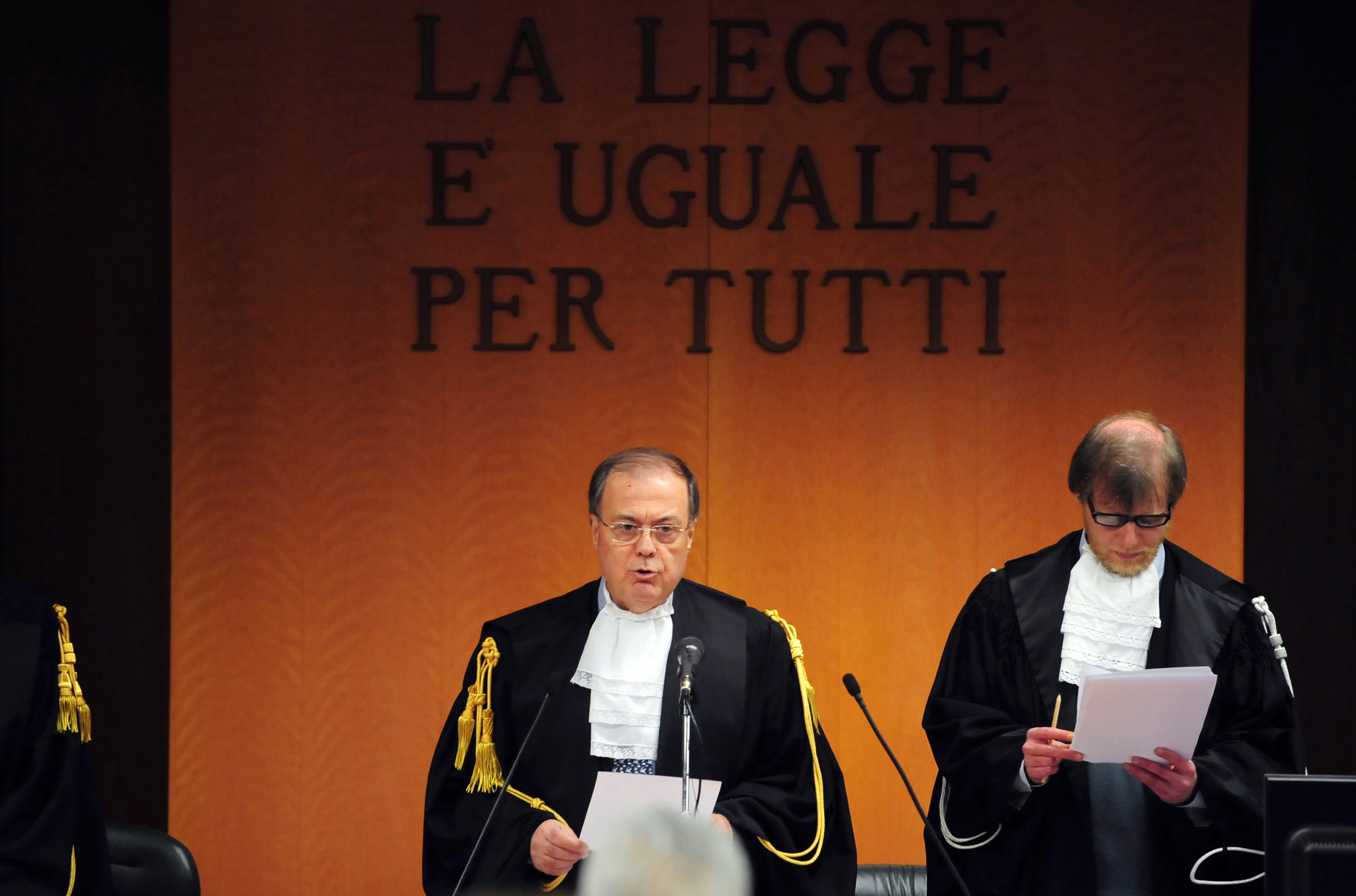
You can find an overview of ongoing debates with our journalists here. Please join us!
If you want to start a conversation about a topic raised in this article or want to report factual errors, email us at english@swissinfo.ch.